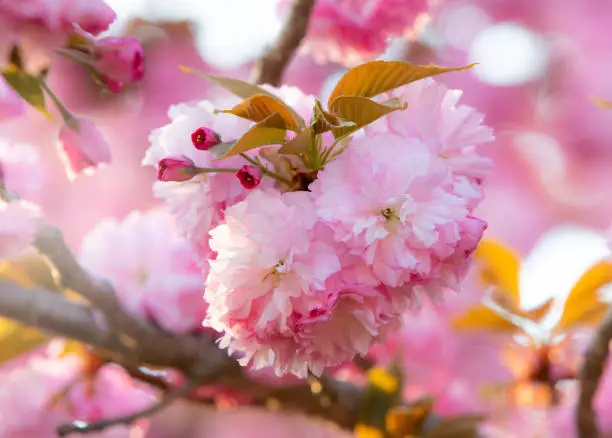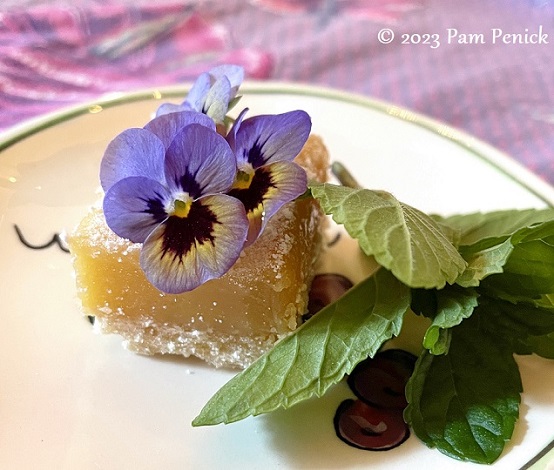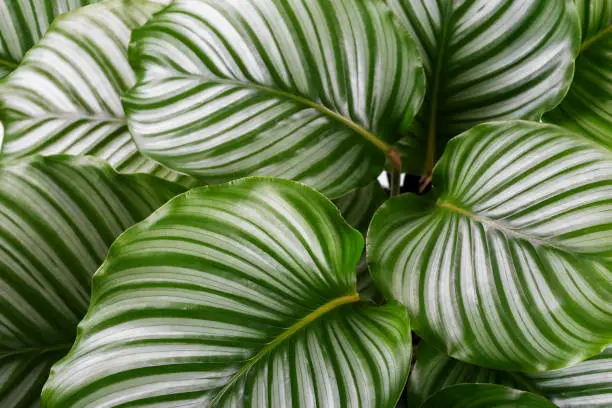Kwanzan Cherry Tree: A Thriving Ornamental Beauty

For garden enthusiasts and landscape architects, the Kwanzan cherry tree holds a special place in their hearts. Beloved for its impressive spring display, this ornamental cherry variety introduces an unmatched wave of color and vibrancy to any garden setting. This article explores the ins and outs of the Kwanzan cherry tree, providing insight into its care, growth, and the aesthetic charm it adds to outdoor spaces.
The Kwanzan cherry tree, also known as Prunus serrulata or Japanese cherry, is native to East Asia. The tree is celebrated for its beautiful, double-pink blooms that burst forth each spring, transforming landscapes into enchanting vistas reminiscent of the Hanami (flower viewing) season in Japan.
Growing a Kwanzan cherry tree isn’t merely about having a beautiful tree in your yard. It’s about ushering in a timeless symbol of beauty and renewal that rewards you with a sensational floral display each year. So, how can one nurture this charming spectacle at home?
Growing the Kwanzan Cherry Tree
The Kwanzan cherry tree flourishes in USDA hardiness zones 5-9. It prefers full sun exposure and well-drained soil. While this tree can handle some shade, to enjoy its renowned profusion of blooms, a location with ample sunlight is essential.
After selecting the perfect location, dig a hole that’s twice the width of the tree’s root ball and just as deep. Place the tree in the hole, ensuring it’s at the same depth it was growing in its pot. Backfill with a mix of native soil and compost to give your tree a nutrient-rich start.
Water your Kwanzan cherry tree immediately after planting and consistently in the weeks following, ensuring the soil remains moist but not waterlogged. Regular watering during dry periods in subsequent years will help this tree reach its full potential.
Maintenance and Care
While the Kwanzan cherry tree is relatively hardy, it benefits from regular care. Pruning should be performed in late winter or early spring before new growth starts, removing dead, diseased, or overlapping branches. This encourages the tree to invest its energy into producing its spectacular blossoms.
Protect your Kwanzan cherry tree from pests such as aphids, caterpillars, and borers, which can cause damage. Regular inspections and treatments with organic or chemical pest control methods as needed will keep your tree healthy.
Enjoying the Spectacle
The spectacle of the Kwanzan cherry tree is brief but breathtaking. In late spring, the tree is engulfed in clusters of double-pink flowers, each with 20-30 petals. As a deciduous tree, it provides shade in summer with its dark green leaves, which turn a vibrant orange-copper in fall, extending its aesthetic appeal across multiple seasons.
The Kwanzan Cherry Tree’s Place in History and Culture
The Kwanzan cherry tree, Prunus serrulata, is not just a garden favorite but also a key symbol in various cultures. Most notably in Japan, these cherry trees are synonymous with the cherry blossom season, Sakura, where the blooming trees become the center of festivals and family gatherings.
Every spring, these festivals attract millions of people worldwide to enjoy the transient beauty of the blooms. The practice, known as Hanami, has been a Japanese tradition for centuries, a symbol of life’s fleeting nature echoed by the short-lived blossoms of the cherry tree.
The popularity of this ornamental beauty extends beyond Japan’s borders, particularly to the United States. In Washington, D.C., the annual National Cherry Blossom Festival celebrates the gift of 3,000 cherry trees, including the Kwanzan variety, from the mayor of Tokyo in 1912. The Kwanzan cherry tree is especially admired for its voluminous clusters of flowers, which make a dramatic display when planted in groups or rows.
Sustainability and the Kwanzan Cherry Tree
When we think about sustainable landscaping, the Kwanzan cherry tree shines. This hardy, drought-tolerant tree is an excellent choice for gardeners seeking to balance environmental responsibility with visual appeal.
By choosing native and drought-tolerant plants like the Kwanzan cherry, homeowners can reduce water consumption and support local biodiversity. The tree’s double-pink flowers attract pollinators, which are essential for healthy ecosystems. Moreover, the tree’s deciduous nature means it plays a role in carbon sequestration, helping mitigate climate change.
Adding a Kwanzan Cherry Tree to Your Landscape
Whether you’re designing a Japanese-style garden, looking for a standout specimen tree, or want a burst of color in spring, the Kwanzan cherry tree can be an excellent addition. This tree is often used in park plantings, residential landscaping, or even as a street tree, providing spectacular spring color and decent shade during hot summer months.
Remember, the Kwanzan cherry tree has a relatively short lifespan of 15-25 years, which makes it even more important to enjoy and cherish the beautiful moments it provides.
Conclusion
In the realm of Japanese flowering cherry trees, the Kwanzan variety, also known as Kanzan cherry, stands out with its deep pink double blossoms that transform landscapes into vivid spectacles during the annual Cherry Blossom Festival. These deciduous trees, with their kaleidoscopic display from breathtaking tree blooms in spring to changing leaf colors in autumn, enrich our appreciation for nature’s cyclic beauty.
However, nurturing these flowering cherries requires some caution. Leaf curl, spider mites, root rot, and Japanese beetles are common challenges that can hamper their health and vigor. By maintaining a routine check and proper care, you can ensure these potential issues don’t detract from the tree’s charm and vibrancy.
In conclusion, Kwanzan cherry trees, despite their susceptibility to certain pests and diseases, are well worth the effort. Their unparalleled aesthetic appeal, the fascinating history they embody, and the undeniable cheer they bring to any landscape underline their worth as a remarkable choice for garden enthusiasts. When they flourish, these trees stand as a testament to the beauty and resilience of nature, a spectacle we’re privileged to witness year after year.







